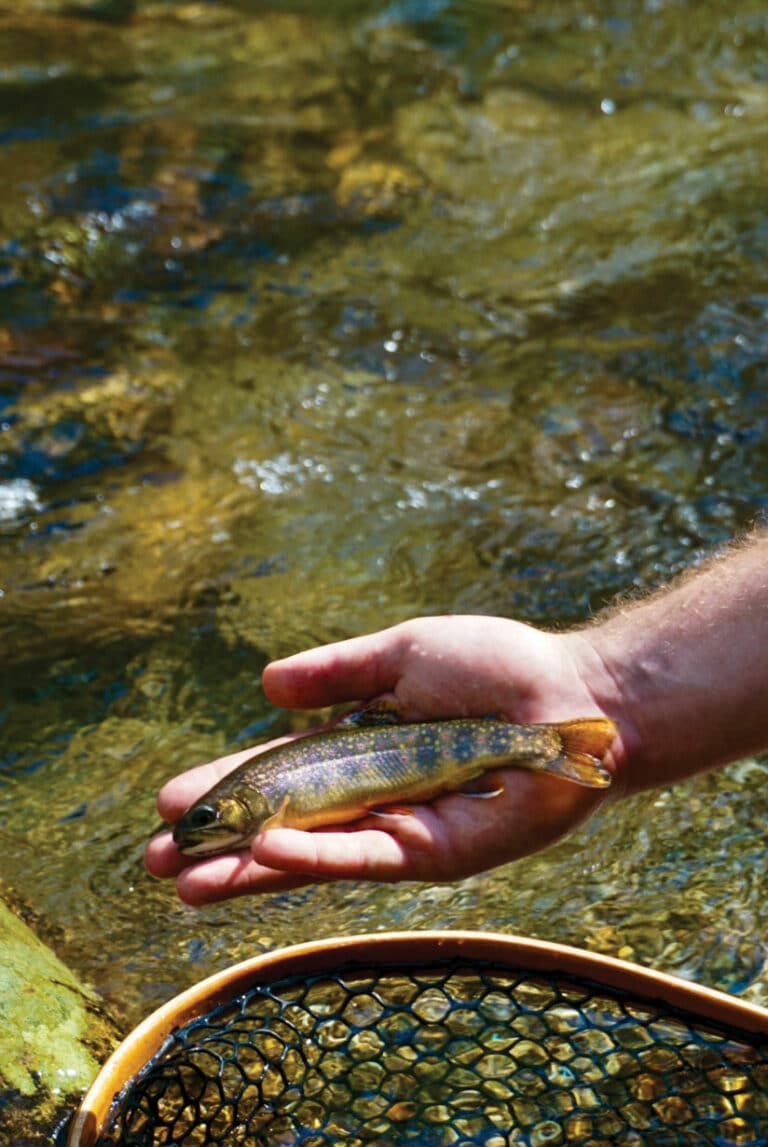Dear EarthTalk: Recent news reports have revealed the discovery of previously unknown species inhabiting the deepest parts of our oceans. Is anything being done to protect this habitat before humans have a chance to fish it to death or otherwise destroy it? — Matthew Polk, Gary, IN
Unfortunately it may already be too late for some of the deep sea’s undiscovered life forms. Advances in so-called “bottom trawling” technology in recent years has meant that fishing boats now have unprecedented access to deep ocean habitats and the sea floor itself where untold numbers of unknown species have been making a living for eons. Scientists speculate that upwards of 10 million different species may inhabit the deep sea. This is biodiversity comparable to the world’s richest tropical rainforests.
The Deep Sea Conservation Coalition (DSCC), a group of more than 50 environmental and other groups dedicated to protecting cold-water corals and vulnerable deep-sea ecosystems, reports that trawlers today are capable of fishing deep sea canyons and rough seafloors that were once avoided for fear of damaging nets. “To capture one or two target commercial species, deep-sea bottom trawl fishing vessels drag huge nets armed with steel plates and heavy rollers across the seabed, plowing up and pulverizing everything in their path,” the coalition reports. In addition, adds DSCC, large quantities of coral and unwanted fish species are hauled up only to be thrown back dead or dying. Indeed, the result of a few hours of trawling can be the destruction of fragile deep-sea habitats, such as delicate coral and sponge communities, that may have taken centuries to grow and thrive.
Bottom trawling also stirs up the sediment at the bottom of the sea. The resulting undersea plumes of “suspended solids” can drift with the current for tens of miles from the source of the trawling, introducing turbidity throughout the water that inhibits the transfer of light down to the depths where it is needed for photosynthesis in plankton, sea kelp and other undersea plants that serve as the basis for the marine food chain. Also, ocean sediments serve as natural safe resting places for many persistent organic pollutants (such as DDT and PCBs). Dredging these sediments up effectively reintroduces such toxins into the water where they are unwittingly absorbed and consumed by the fish we eat and other marine life already trying to cope with otherwise compromised undersea habitats. The sediment plumes also reintroduce nutrient solids from agricultural and other practices, increasing demand for oxygen in the water (causing algae blooms) and contributing to the outbreak of ocean “dead zones” devoid of marine life.







